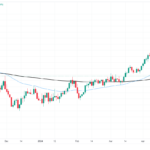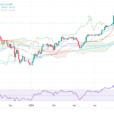
Written by BNN.ca
Global oil supply may struggle to match demand after 2020, when the pinch of a two-year decline in investment in new production could leave spare capacity at a 14-year low and send prices sharply higher, the International Energy Agency said on Monday.
Investors generally are not betting on a sharp rise in the price of crude oil any time soon, but the contraction in global spending in 2015 and 2016 and growing global demand means the world could well face a “supply crunch” if new projects are not soon given the go-ahead, the IEA said in its five-year “Oil 2017” market analysis and forecast report.
Most supply growth is expected to come from the United States, where the IEA said shale, or light tight output (LTO), will grow by 1.4 million barrels per day by 2022 even if prices remain close to current levels US$60 a barrel and the response from the production side could be stronger still if prices rise. “The United States responds more rapidly to price signals than other producers. If prices climb to US$80 a barrel, U.S. LTO production could grow by 3 million bpd in five years,” the IEA said. If prices remain closer to $50, shale output could fall from the early party of the next decade. “We are witnessing the start of a second wave of U.S. supply growth, and its size will depend on where prices go,” said Fatih Birol, executive director of the IEA, “but this is no time for complacency. We don’t see a peak in oil demand any time soon and, unless investments globally rebound sharply, a new period of price volatility looms on the horizon.”
Investment in the U.S. shale basin is picking up already, and there is evidence of growth in supply from Canada and Brazil, but the IEA said early indications of global spending this year were “not encouraging.”
Global oil production capacity is expected to grow by 5.6 million bpd by 2022.















